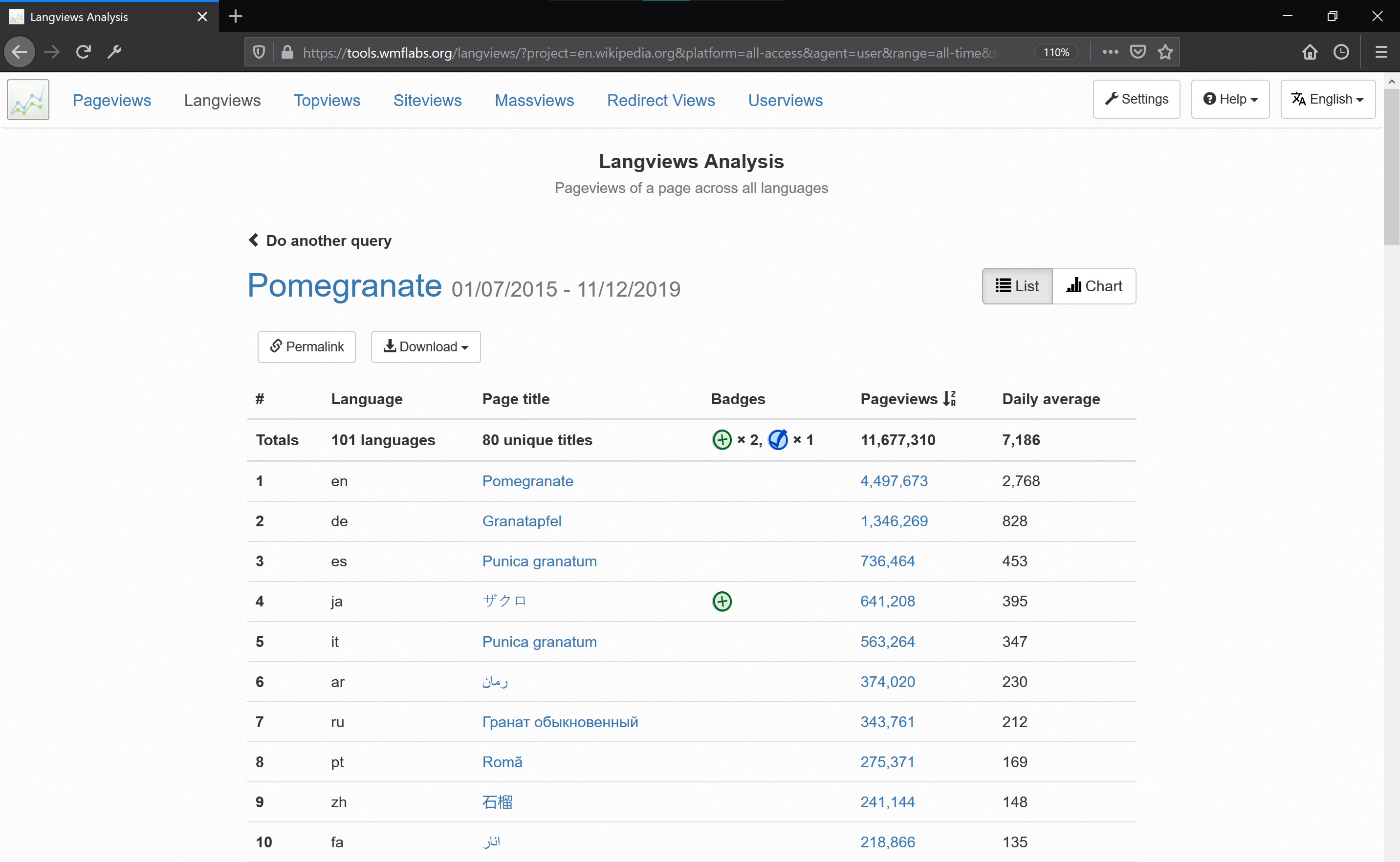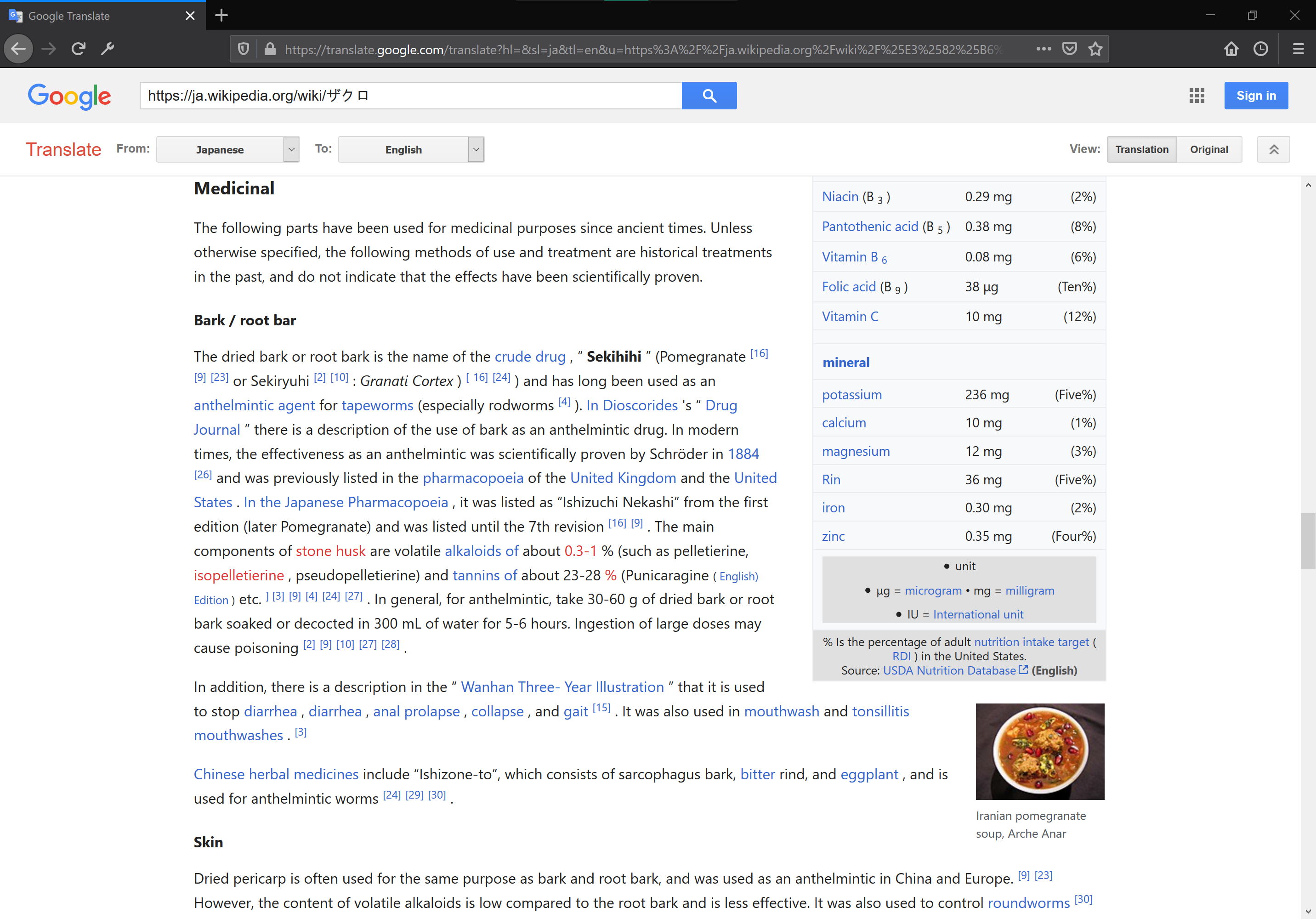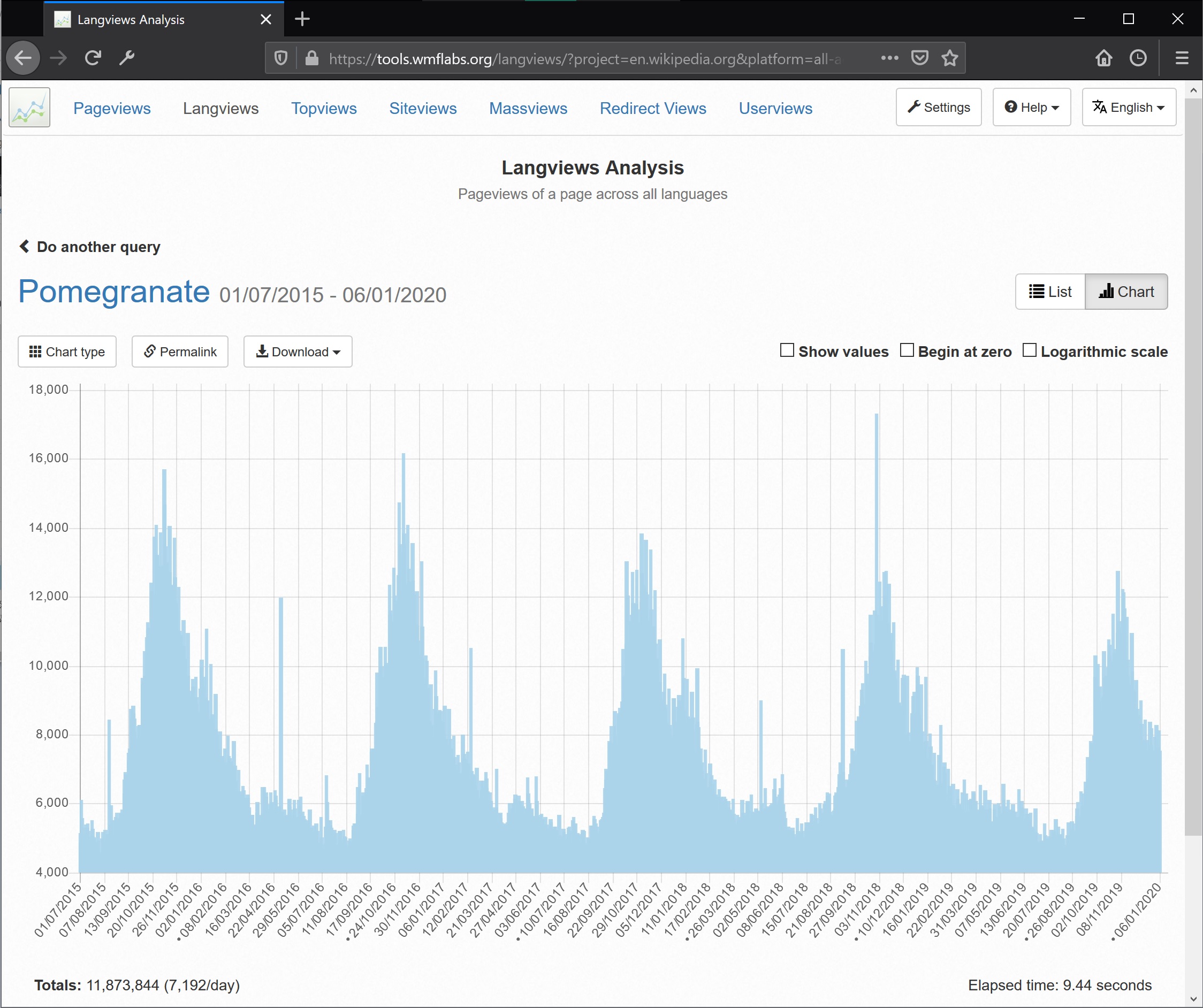Comparing International Notability
how to evaluate if an emoji will be used worldwide
To propose a new emoji to the Emoji Subcommittee of the Unicode Consortium, one needs to provide evidence that the concept in question is internationally notable enough to become an emoji. Many sources are commonly used like Google Trends and social media, but these suffer from only accounting for English or a select few languages.
To evaluate the importance of a concept across many cultures there needs to be a way of uniquely identifying a concept and some way of conveying its importance in the language of that culture
In 2012 the Wikimedia Foundation launched the sister-project Wikidata to create a general reference data collection to complement Wikipedia as a general reference prose encyclopedia. Wikidata preserves facts in a structured format so that queries can be made to present links that would otherwise be less accessible. Additionally, Wikidata assigns every concept one and only one ID, and as it is multilingual Wikidata can present a one to one mapping of concepts to words in every language.
To address our challenge of determining the cultural importance of a concept we can use the Langviews tool which leverages Wikidata. This allows us to enter an English Wikipedia item and compare the traffic across all languages. For example, this is the output for Pomegranate.

The top 10 language wikis where Pomegranate has the most traffic - https://tools.wmflabs.org/langviews/
The columns above report the traffic for all the Wikipedia languages with a Pomegranate article. As we have a variety of global, European and Asian languages, we can tell that pomegranates aren’t just interesting in one region. The daily average can report if readers are seeking information on pomegranates in daily life or only at specific times of the year. The badges column reports Wikipedia’s system of reviewing articles on a 5-point quality scale.
If an article has a higher grade for a culture’s language, then that could signal the amount of effort put into it. Hovering over the green plus we can see that this article is an A-class article in Japan. This is the second highest grade which indicates that pomegranates have some significance in their culture as consensus has come around that the information is high-quality.
To discover the cultural significance we can use Google Translate on ja.wikipedia.org and skim to see what information they have.

This Japanese version of the article describes many traditional medicinal uses in Japanese culture, which would not be apparent from social media or Google Trends themselves.
It is important to note here that an article having a Good status on English Wikipedia carries far more weight than on other wikis. This is not only because English wiki has more articles (10x more than the wiki in second place), but it’s the only wiki with heavily formalised rules. This makes the bar much higher to achieve Good articles and there is now a process to delist articles that were awarded the status prior to the current standards.
The chart view provided with this tool allows us to see if the interest is seasonal and if there are any spikes where it became popular. In relation to emoji proposals this can show that an idea is not just a fad but a long-lasting phenomenon.

Try this yourself
Enter a concept to go directly to the Langviews page
Addendum
As Wikipedia tracks community engagement, we can also determine whether the high-quality score indicates a single pomegranate expert or several experts which have consensus on that subject. For this we can use the Article Info tool. This is available on any Wikipedia article via View History > Page statistics. The page for the English pomegranate article and the Japanese pomegranate article shows this clearly as the English article is obviously from several experts compared to the Japanese article with a single main editor providing most of the article’s content.